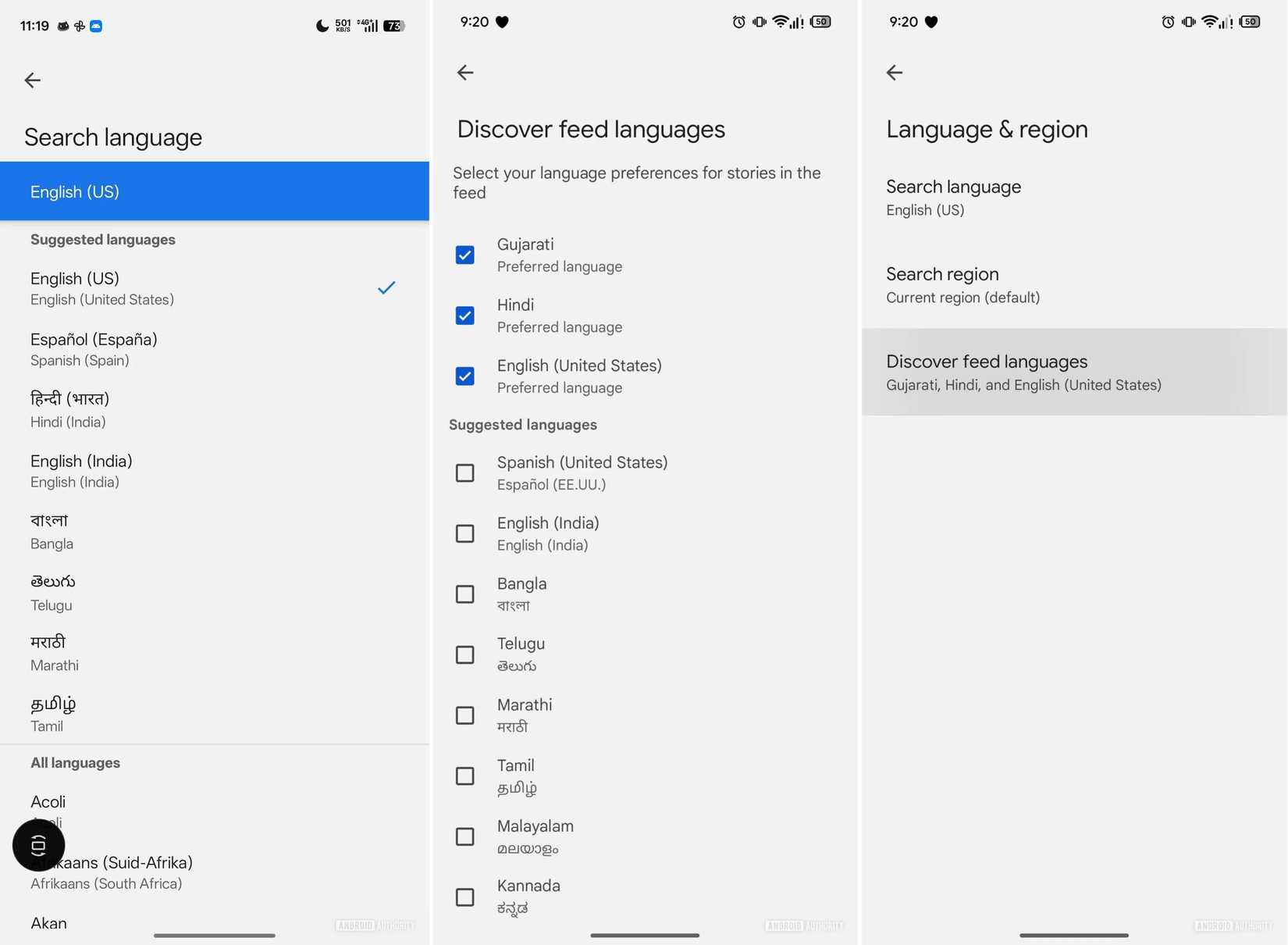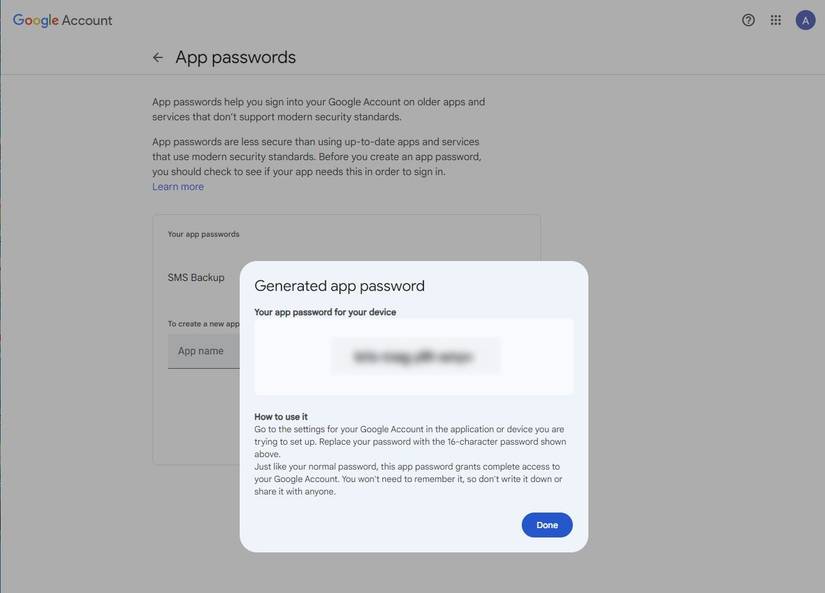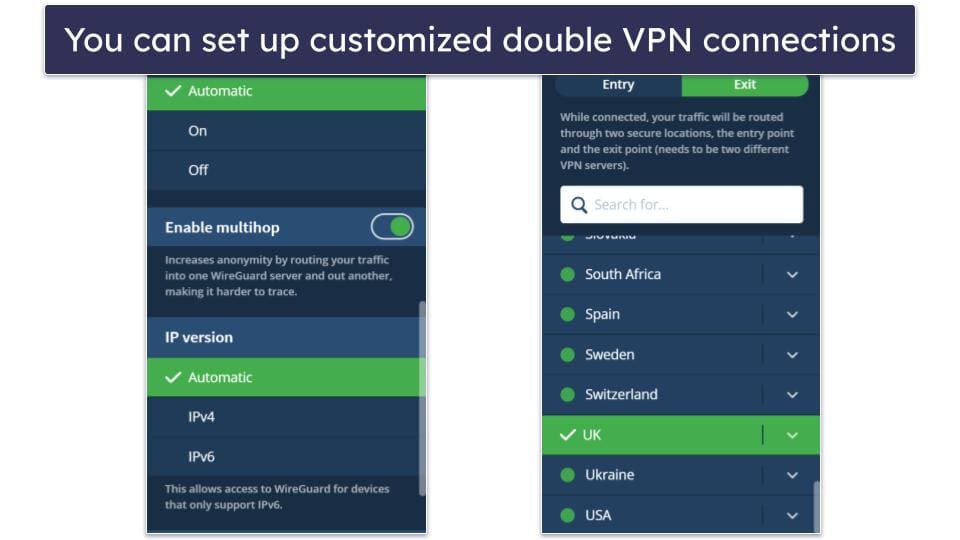In a move that few could’ve predicted (and even fewer might have asked for), Google appears to be quietly testing a CapCut integration directly inside the Google Photos app. Yes, that CapCut: the TikTok-adjacent video editor owned by ByteDance, a company that’s been a lightning rod for geopolitical controversy, especially in the United States (Source: Android Authority).
More tools are (theoretically) always welcome
But ‘click to leave the Google platform’ might raise eyebrows
The feature was first spotted by Android Authority’s AssembleDebug during an APK teardown of version 7.38 of the Photos app. The newly uncovered button, labeled “Edit in CapCut,” appears inside the Memories viewer. It only shows up for photo-only memories, and not for videos. Tapping the button opens the Play Store to download CapCut if it’s not already installed. If you do have it? The memory likely gets piped straight into CapCut for editing.
It’s important to underscore just how unprecedented this is. Google rarely promotes third-party apps in its own first-party software, and when it does, it’s almost always something benign or adjacent to Google’s ecosystem. But CapCut isn’t just any third-party app. It’s a product of ByteDance, the same Chinese tech conglomerate behind TikTok. The same ByteDance that’s been the subject of national security debates, multiple lawsuits, and even temporary suspensions in the US.
And that’s where things get murky.
In order: the uncovered photo-based Memories integration, the ensuing ‘Install CapCut?’ prompt, and the integration’s absence on video-based Memories. Screenshots courtesy of AssembleDebug via Android Authority.
ByteDance has long faced criticism in the US and abroad for how it handles user data and its ties to the Chinese government. TikTok, its flagship product, narrowly avoided a full-blown US ban earlier this year, though not without serious strings attached. CapCut, while less politically radioactive, hasn’t escaped scrutiny either; it was temporarily suspended in the US and remains banned in India, where this Photos feature was discovered. So why would Google — no stranger to data privacy backlash itself — choose now to buddy up with ByteDance in one of its most beloved apps?
There’s been little public collaboration between Google and ByteDance before now. TikTok runs on Google’s Android operating system, sure, and Google’s ad business has likely benefited from TikTok’s meteoric rise. But direct app integrations? That’s new territory. It’s not far-fetched to imagine ByteDance offering some sort of incentive or ad partnership to gain a deeper foothold on Android devices via Photos, a Google app that’s preinstalled on nearly every Android phone on Earth.
Of course, this CapCut experiment could vanish as quietly as it appeared. The feature hasn’t shown up in the app’s public beta and might be limited to internal or regional testing. It could be a trial balloon that never actually sees the light of day. Still, the optics are hard to ignore: Google seems to be poking the ByteDance bear — and in doing so, inviting a fresh round of questions about who it partners with, and why.




